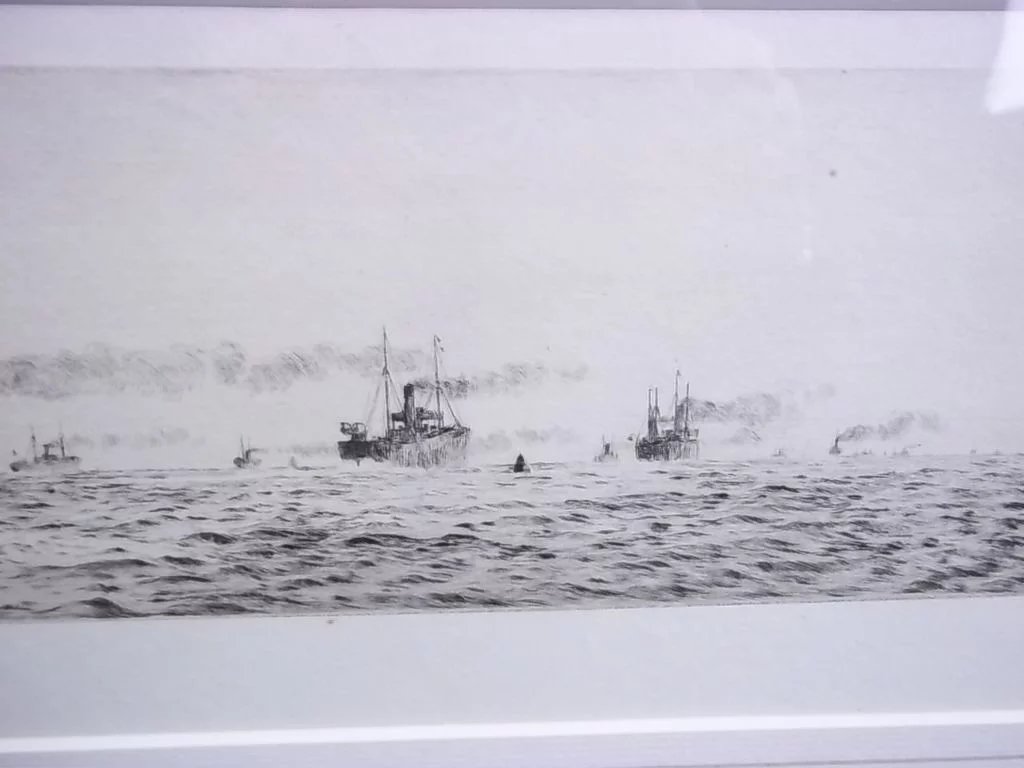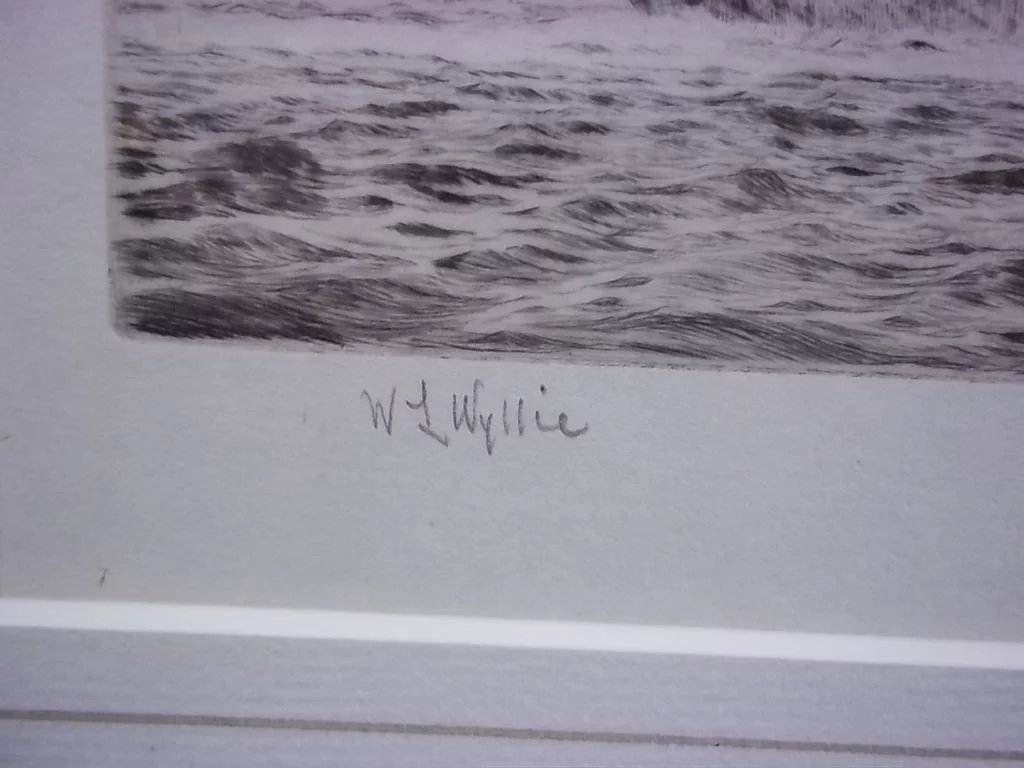

The experimental data of the dynamic changes of water surface has been evaluated. The points features were extracted from a monocular camera using SIFT as detector and descriptor. The goal is to produce a correct association to the landmarks, since wrong data association will produce inaccurate maps. We investigated the data association stage of the RF-VSLAM system which improved the state estimator for the aerial vehicle. As a solution, we introduced the beacons as an anchor node as an aid to correct the navigation and improve data association. Therefore, the tendency for vehicles to drift is high. Due to dynamic changes of the ocean surface caused by the ocean gyres, the features selection is difficult.

This paper describes a selection of features for potential landmarks for ocean observation system using radio frequency visual simultaneous localization and mapping (RF-VSLAM) framework. Lebih lanjut, konfigurasi ini juga dapat mengurangi fenomena wake sebagai akibat dari putaran propeller yang mana merepresentasikan peluang manuver yang lebih baik. Hasil simulasi menunjukkan bahwa thruster yang dilengkapi kort nozzle mampu meningkatkan thrust sebesar 2,253% dan mengurangi torsi yang dibutuhkan propeller sebesar 6,633%. Simulasi tersebut dilakukan pada 300 rpm dan J = 0,473 sebagai operating condition ROV. CFD dilakukan dengan menggunakan model shear stress transport (SST) k-omega.

MRF mengimplementasikan konsep frozen rotor sebagai frame change/mixing untuk mengamati aliran fluida. Sementara itu, computational mesh menggunakan jenis general mesh atau unstructured mesh arrangements dengan total 165.201 nodes.
#MINE SWEPT SOFTWARE#
Investigasi tersebut menggunakan pendekatan CFD dalam software ANSYS CFX 2020 R1 dengan metode moving reference frame (MRF). Existing propeller memiliki 3 buah blade dengan diameter 35 mm pitch diameter ratio sebesar 1,4 dan expanded blade area ratio sebesar 0,511 yang mana digunakan sebagai thruster ROV 2020. Pertimbangan dalam penggunaan open water characteristics sebagai dasar analisis diuraikan dalam investigasi ini. Berdasarkan permasalahan tersebut, investigasi pada konfigurasi thruster dengan penambahan kort nozzle terhadap existing propeller diimplementasikan untuk meningkatkan thrust dan unjuk kerja. Evaluasi yang dilakukan terhadap hasil kompetisi tersebut adalah terdapat kebutuhan untuk melakukan optimasi dalam thrust dan kemampuan bermanuver sehingga ROV dapat bergerak lebih fleksibel dan stabil. Keywords: ROV, kort nozzle, open water characteristics, CFD, performanceAbstrakRemotely Operated Vehicle (ROV) merupakan sebuah underwater robot yang didesain oleh Tim Robotik UNTAR dan telah berkompetisi dalam Singapore Robotics Games (SRG) 2020. Furthermore, the configuration can also reduce wake phenomenon as result of rotating propeller which represents better maneuver chance. The result shows that thruster equipped by kort nozzle is able to increase the thrust for 2,253% and reduce the propeller required torque for 6,633%. The simulation is done at 300 rpm and J = 0,473 for ROV’s operating condition. The CFD with shear stress transport (SST) k-omega model is conducted. The MRF implements frozen rotor concept as frame change/mixing to observe fluid flow.

Meanwhile, general mesh or unstructured mesh arrangements is used as computational mesh with 165.201 nodes. It utilizes CFD approach in ANSYS CFX 2020 R1 software with moving reference frame (MRF) method. The existing propeller has 3-blade with 35 mm diameter 1,4 pitch diameter ratio and 0,511 expanded blade area ratio which is used as thruster of ROV 2020. Consideration in using open water characteristics for analysis is elaborated in this investigation. Based on the problem, investigation of thruster’s configuration by adding kort nozzle to existing propeller is implemented to increase thrust and performance. Evaluation that conducted from the competition is the need of optimization in thrust and maneuverability so it can move more flexible and stable. Remotely Operated Vehicle (ROV) is an underwater robot that designed by UNTAR Robotics Team and has been competed in Singapore Robotics Games (SRG) 2020.


 0 kommentar(er)
0 kommentar(er)
